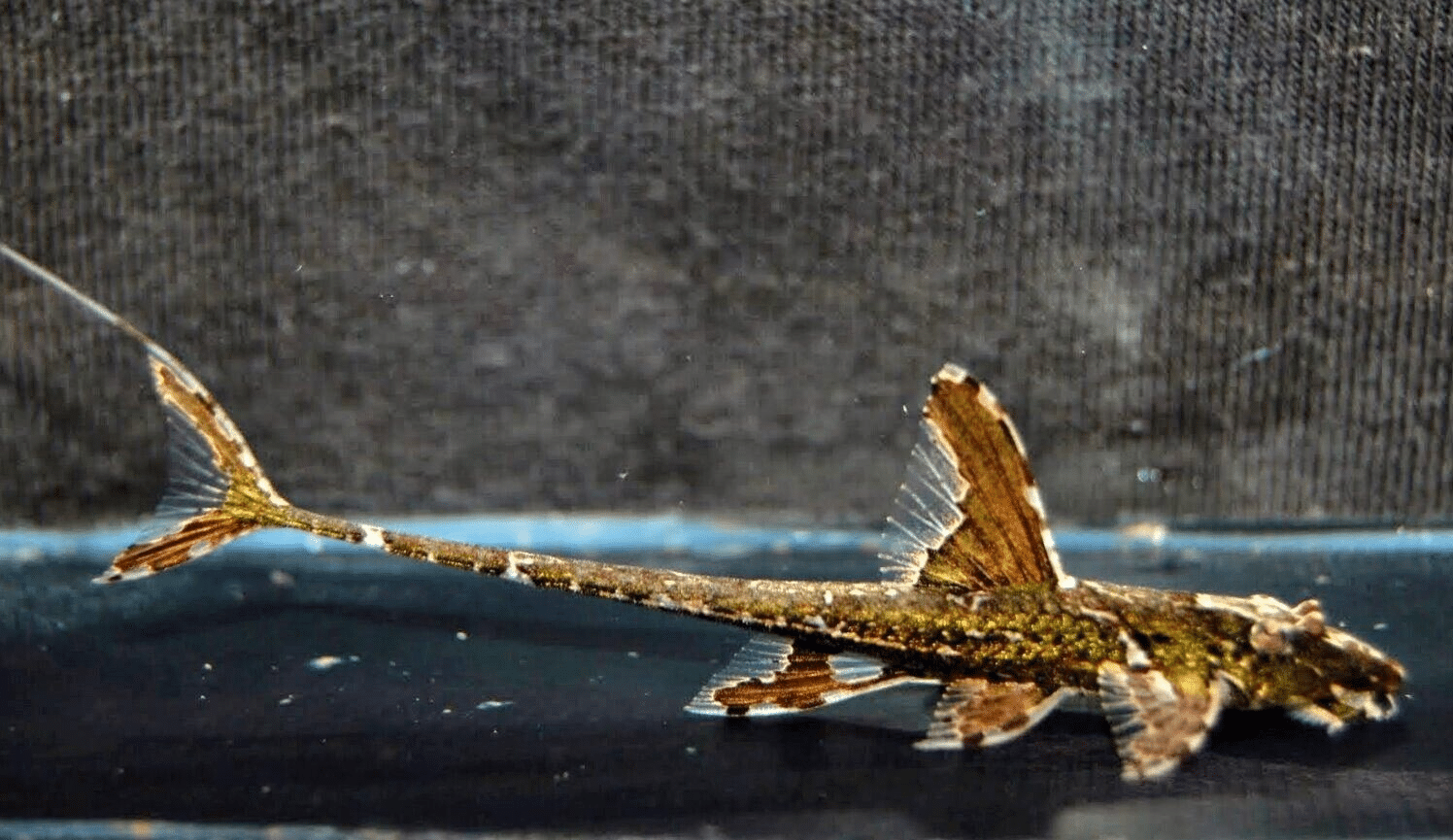-
×

-
×
 Assorted Colour Vampire Crab Geosesarma Sp 2-3Cm
1 × £8.71
Assorted Colour Vampire Crab Geosesarma Sp 2-3Cm
1 × £8.71 -
×

-
×
 Red Devil Vampire Crab - Geosesarma Hagen - Decapod Crustacean
1 × £8.71
Red Devil Vampire Crab - Geosesarma Hagen - Decapod Crustacean
1 × £8.71 -
×
 Golden Eyes Vampire Crab - Geosesarma Sp. - Decapod Crustacean
1 × £8.71
Golden Eyes Vampire Crab - Geosesarma Sp. - Decapod Crustacean
1 × £8.71 -
×

Subtotal: £90.96









Emily Hartman (verified owner) –
I recently added a Whiptail Catfish (5-7cm) to my 60-gallon freshwater tank, and I couldn’t be happier! As a dedicated fish parent, I always prioritize the health and happiness of my aquatic friends. The Whiptail has been a fantastic algae eater, and I noticed a significant decrease in algae build-up within just two weeks. Its unique appearance and behavior add a delightful charm to my aquarium! The way it glides along the glass is mesmerizing. Compared to other algae-eating plecostomus I’ve tried, this catfish is more gentle on my plants and doesn’t uproot them. While it does prefer a well-maintained environment, I appreciate that it’s not overly demanding. I’d recommend this fish to both beginners and seasoned aquarists looking to enhance their tank’s aesthetics and cleanliness. Just make sure it has enough hiding spots! Overall, I’m thrilled with this purchase and would definitely buy again. It arrived quickly and was healthy upon arrival too!
Emily Carter (verified owner) –
I recently added the Whiptail Catfish to my tropical fish tank, and I couldn’t be happier with my choice! These little guys, about 5-7 cm, have not only brought a unique charm to my aquarium but are also fantastic algae eaters. After just two weeks, I’ve noticed a significant reduction in algae growth, which is crucial for maintaining a healthy environment for my other freshwater fish. They have such a calm demeanor and peacefully coexist with my guppies and tetras, making them an ideal choice for beginners like me.
What sets these pleco fish apart from others I’ve tried is their unique whip-like tail and their ability to hide in plants and rocks, providing a natural feel to my setup. Though they do have a small appetite for algae wafers, they’ve adapted quickly to my tank’s ecosystem, and I appreciate that they’re not aggressive at all. My only minor concern is that they can be shy initially, so don’t be surprised if they hide for a bit when you first introduce them.
If you’re looking for a peaceful, hardworking fish and you’re new to the hobby, I highly recommend the Whiptail Catfish. They’ve been a delight to watch and have truly added a flair to my aquarium while helping keep it clean!